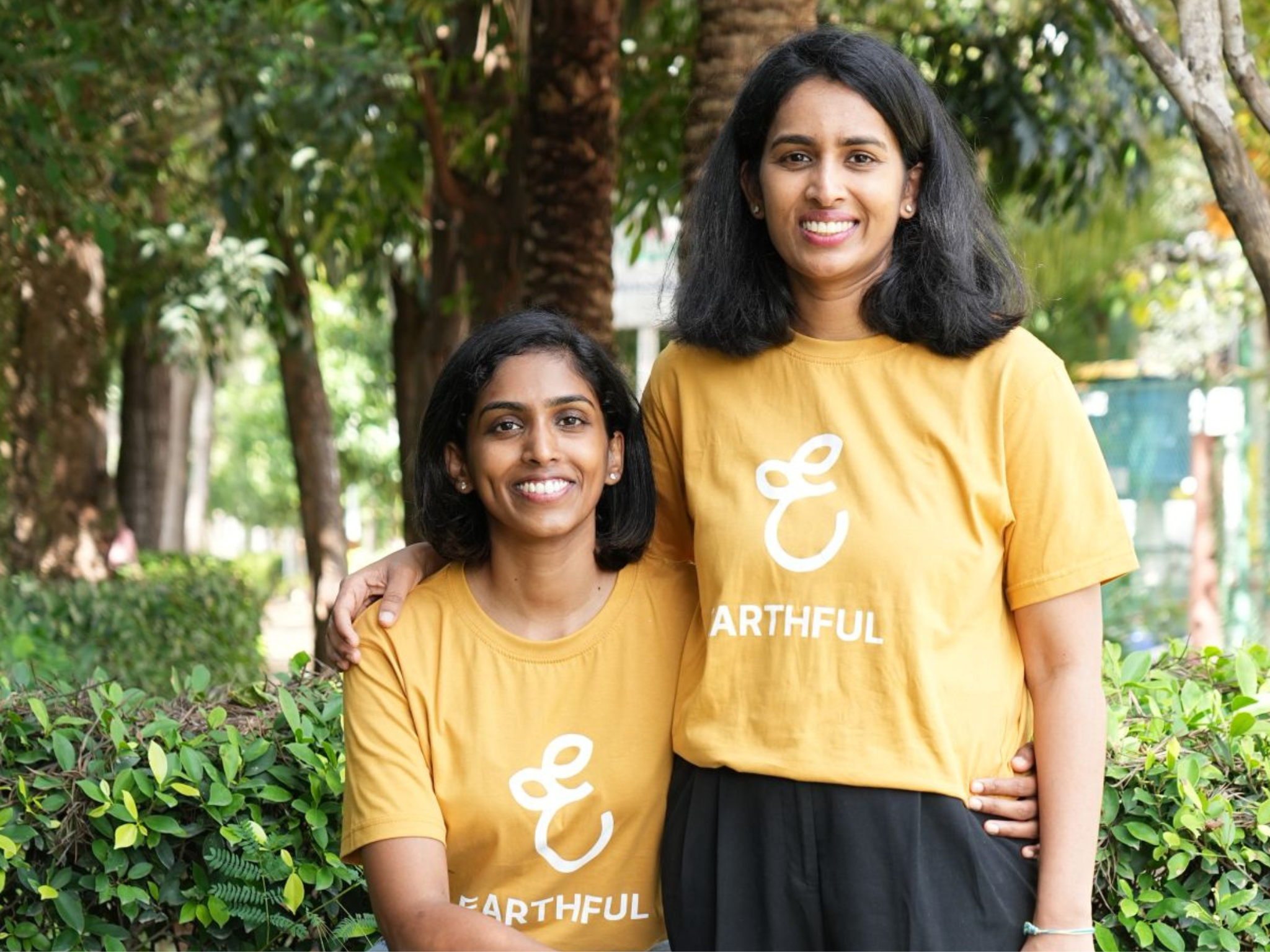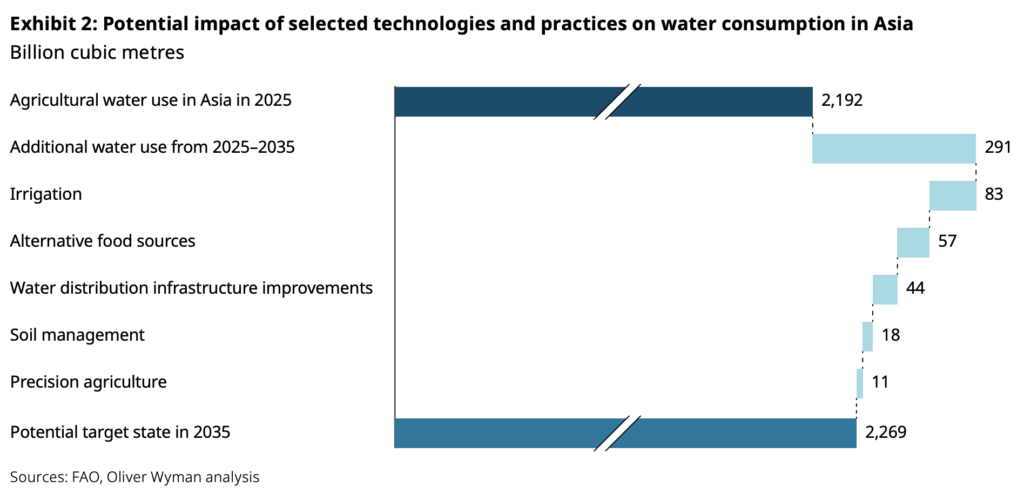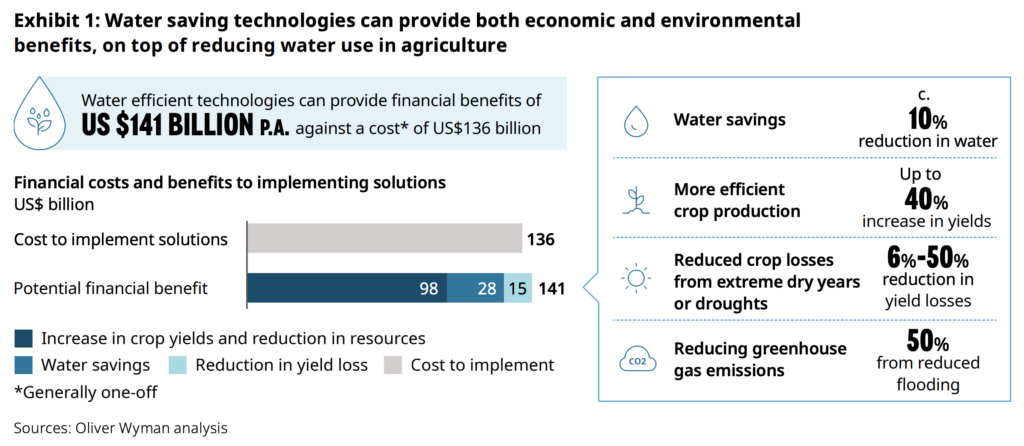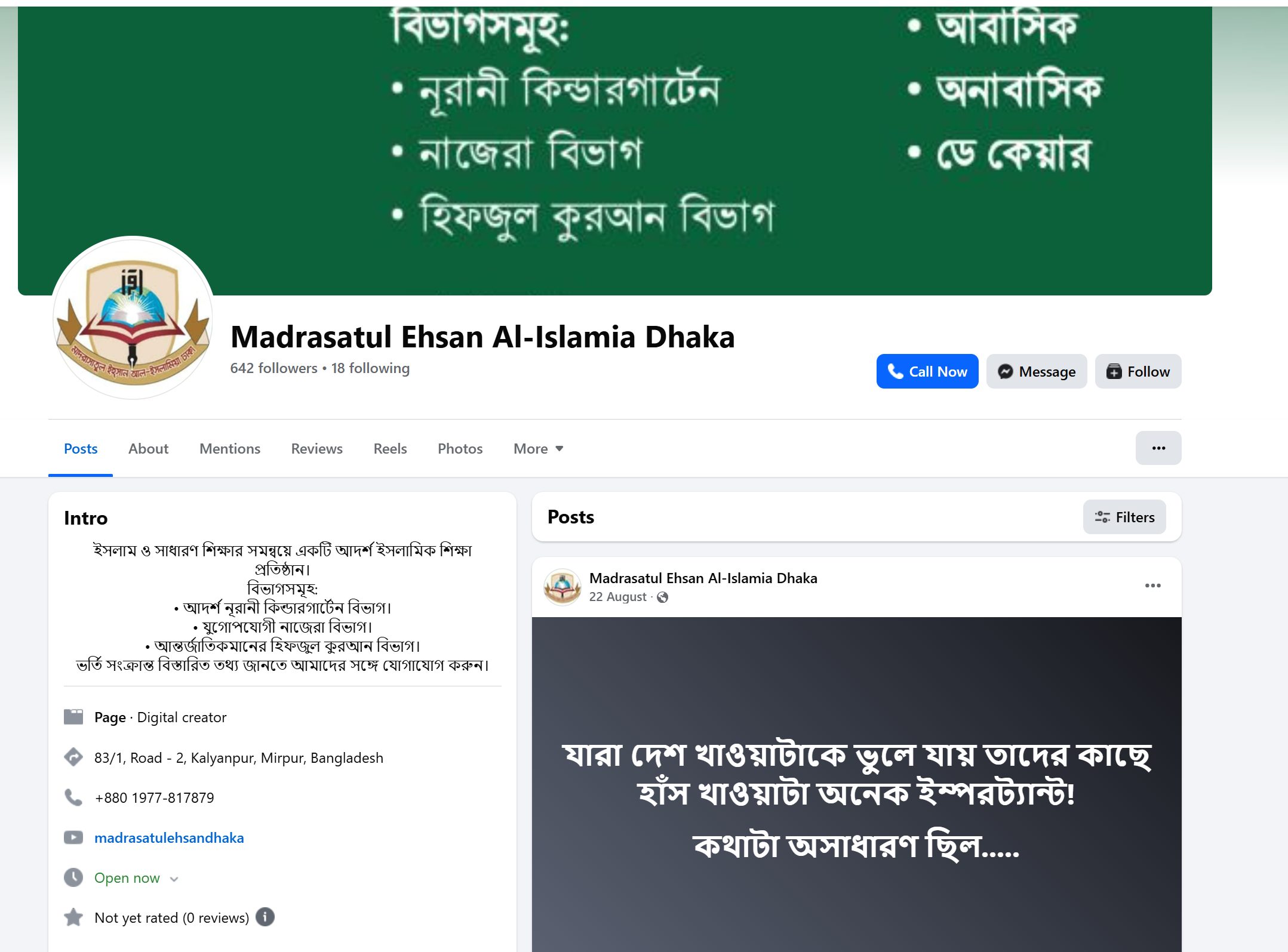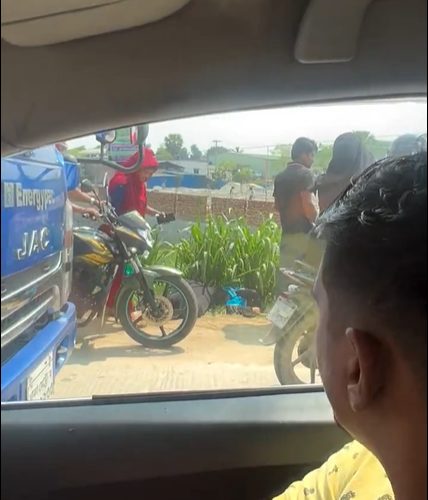Many of our friends, including those who claim to aim at a socialist future, mistakenly see an erosion in the US position as the imperialist system’s hegemon as necessarily a step guaranteeing a just future, lasting peace, or a step towards socialism.
While it is true that those fighting the most powerful nation-state in the imperialist system for sovereignty, for autonomy, for a path of their own choosing always deserve our enthusiastic and complete support, victory in that fight may or may not secure a better future for working people. They may, as happened so often in the anti-colonial struggles of the post-war period, find themselves cursed with a power-hungry, exploitative, undemocratic local ruling class continuing or expanding the oppression of the people, but maybe with a more familiar face.
Or they might suffer the replacement of a former, declining or defeated great power by another more powerful great power. Germany and Turkey, defeated in World War I, lost many of their colonies to the victors; after World War II, some of Japan’s colonies were recolonized, falling into the clutches of another superior power; and, of course, Vietnam defeated France, only to be oppressed into the US sphere of interest — a result decisively overturned by heroic Vietnam.
To contend that the decline or fall of the US as the leading great power in the imperialist system could close the book on imperialism is to grossly misunderstand imperialism. Imperialism lingers as a stage of capitalism as long as monopoly capitalism exists.The ultimate battle against imperialism is the struggle against capitalism.
We must not confuse the participants in the global imperialist system with the system itself, any more than we should equate individual capitalist corporations with the capitalist system itself.
History offers no example of a global or semi-global power falling or removed from the heights of its domination leading to a period of world-wide peace and prosperity. Neither the fall of the Roman or the Eastern Roman Empire or the Holy Roman Empire ushered in such a period of harmony. Nor did the rise and fall of the Venetian Republic, the Dutch Republic, or the Portuguese or Spanish colonial empires of the mercantilist era. In Lenin’s time, the rivalries challenging Britain’s global dominance brought world war rather than peace. And its aftermath brought no harmony. Instead, capitalist rivalries with Germany and Japan generated even more devastating aggression and war. And with the dissolution of the once dominant British Empire after the war, the US assumed and brutally enforced its position at the top of the hierarchy of global powers. There is no reason to believe that matters will change with the US knocked off its reigning perch. Capitalism and its tendency toward war and misery persist.
Thus, history provides no evidence for the supplanting of a unipolar world with a sustainable multipolar capitalist world of mutual respect and harmony. Multipolarity alone, as a solution to the oppression of imperialism, is, in fact, never found in world history.
Of course, it may be factually true that United States dominance of the world imperialist system may be on the wane. Certainly, the decisive defeat in Vietnam was an enormous setback to the US government’s ability to dictate to weaker states. Further the defeat in Afghanistan after a twenty year war shows a weakening. The defiance of the DPRK and Cuba’s resilience also show limitations to US imperialism today.
Further, the rise of Peoples’ Republic of China as an economic powerhouse and as a sophisticated military power is perceived by the US government as both an economic and military adversary, though there is no reason to believe that the PRC presents any greater threat to the imperialist system than does the Papal State. Both today express well-deserved outrage at the worst excesses of imperialism, but make little material contribution to its overthrow.
Marginalizing, weakening, or defanging the arch-imperialist power is to be welcomed, though the left should suffer no illusion that the action would be an end to imperialism, a decisive blow against the capitalist system, or of long-lasting benefit of working people.
A recent example of the multipolarity fallacy — the romantic illusion that imperialism is only US imperialism — is the many leftist reports on the early September meeting of the Shanghai Cooperation Organization (SCO) attended by President Xi, President Putin, Prime Minister Narendra Modi and other Eurasian leaders. Professor Michael Hudson enthused that:
Much has been made of the warm announcement by Xi and Modi that they are “partners not rivals”. But as the insightful Yves Smith relays:
A new Indian Punchline article, India disavows ‘Tianjin spirit’, turns to EU, reviews the idea that India is jumping with both feet into the SCO-BRICS camp is overdone. Key section from that post:
….no sooner than Modi returned to Delhi, External Affairs Minister S. Jaishankar had lined up the most hawkish anti-Russia gang of European politicians to consort with in an ostentatious display of distancing from the Russia-India-China troika.
A new Indian Punchline article, India disavows ‘Tianjin spirit’, turns to EU, reviews the idea that India is jumping with both feet into the SCO-BRICS camp is overdone. Key section from that post:
….no sooner than Modi returned to Delhi, External Affairs Minister S. Jaishankar had lined up the most hawkish anti-Russia gang of European politicians to consort with in an ostentatious display of distancing from the Russia-India-China troika.
To underscore the skepticism of the Indian Punchline article, Modi chose not to attend the virtual BRICS trade summit subsequently called by Brazilian President Lula da Silva.
In his place, minister Jaishankar chose the occasion to raise the issue of trade deficits with BRICS members, noting that they are responsible for India’s largest deficits and that India is expecting to secure a correction — hardly a gesture of mutual confidence in India’s BRICS brothers and sisters. It is more an example of geo-political bargaining.
Nor does Peoples’ China embrace the romantic idealism of our leftist friends, as the following quote asserts:
China is very cautious about working with these two countries [Russia and DPRK]. Unlike what is depicted in the West as them being allies, China is not in the same camp. Its view of warfare and security issues is very different from theirs,” said Tang Xiaoyang, chair of the department of international relations at Tsinghua University, pointing out that Beijing hasn’t fought a war for more than four decades. “What China wants is stability on its borders.
One might conclude that the left’s hope in a BRICS led new, more just international order is little more than a chimera. BRICS appears to be, at best, an opportunistic economic alliance, with neither the political or military weight to press multipolarity on a unipolar world.
*****
There is. as well, a theoretical argument for a left investment in the idea of multipolarity as an answer to imperialism. It is an old argument. It was crafted by Karl Kautsky and advanced in an article entitled Ultra-imperialism and published in Die Neue Zeit in September, 1914, just a month after the beginning of World War I.
In short (I deal with the arguments more fully here, here, and here), Kautsky argued that the great powers would divide the world up among themselves and resolve to avoid further competition and rivalry. They would recognize the irrationality and counter-productiveness of aggression and war, opting for a harmonious imperialism that Kautsky called “ultra-imperialism”. He maintained that:
The frantic competition of giant firms, giant banks and multi-millionaires obliged the great financial groups, who were absorbing the small ones, to think up the notion of the cartel. In the same way, the result of the World War between the great imperialist powers may be a federation of the strongest, who renounce their arms race.
Similarly, today’s multipolaristas/ultra-imperialists envision a world in which a covey of powerful countries will expel the US from its leadership of the global capitalist system for its bad behavior, with its EU satrapy falling in line. In its place, they will create a new “harmonious”, “win-win” order that will eliminate the inequalities between the “global north” and the “global south”. The en-actors and enforcers of this new order will be a motley crew of class-divided, capitalist-oriented states led by an equally motley crew, including despots, theocrats, and populists. All but one of the BRICS+ espouse anything other than a firm allegiance to capitalism; most are hostile to any alternative social system like socialism.
Lenin, in a 1915 introduction to Bukharin’s Imperialism and World Revolution, mocked Kautsky’s argument and ideas like ultra-imperialism:
Reasoning theoretically and in the abstract, one may arrive at the conclusion reached by Kautsky… his open break with Marxism has led him, not to reject or forget politics, nor to skim over the numerous and varied political conflicts, convulsions and transformations that particularly characterise the imperialist epoch; nor to become an apologist of imperialism; but to dream about a “peaceful capitalism.” “Peaceful” capitalism has been replaced by unpeaceful, militant, catastrophic imperialism… In this tendency to evade the imperialism that is here and to pass in dreams to an epoch of “ultra-imperialism,” of which we do not even know whether it is realisable, there is not a grain of Marxism… For to-morrow we have Marxism on credit, Marxism as a promise, Marxism deferred. For to-day we have a petty-bourgeois opportunist theory — and not only a theory — of softening contradictions (quoted in my article cited above)
The key relevant thoughts here are “peaceful capitalism”, “Marxism on credit”, and “softening contradictions”. Lenin is shocked at Kautsky — a self-styled Marxist — even entertaining the notion of a peaceful capitalism, an idea that violates the very logic of capitalist social relations; it should be a wake-up call to multipolaristas.
“Marxism on credit” is a mockery of the notion that counting on some hoped for agreement between capitalist great powers to tame imperialism is as foolish as running your credit card to its limit. For multipolaristas, it is pushing the day of reckoning with capitalism off into the far, far distant future.
Likewise, Kautsky “softens” the contradiction between rival capitalist states by imagining an impossible agreement to guarantee “harmonious” relations, a proposition Lenin completely rejects. Concisely, Lenin sees Kautsky’s opportunism as a retreat from the socialist project. The same can be said for the multipolarity project.
Far too many on the left refuse to look at multipolarity through this lens of Lenin’s theory of imperialism, especially as expressed with considerable clarity in his 1916 pamphlet, Imperialism.
Regarding the promise of multipolarity, Lenin here offers a hypothetical scenario where imperialist powers do manage to cut up the world and arrive at an alliance dedicated to peace and mutual prosperity. Would that idealized multipolar system– what Kautsky calls “ultra-imperialism”– succeed in eliminating “friction, conflicts and struggle in all and every possible form”?
The question need only be stated clearly enough to make it impossible for any other reply to be given than that in the negative… Therefore in the realities of the capitalist system, and not in the banal philistine fantasies of English parsons [Hobson], or of the German “Marxist,” Kautsky, “inter-imperialist” or “ultra-imperialist” alliances, no matter what form they may assume, whether of one imperialist coalition against another, or of a general alliance embracing all the imperialist powers, are inevitably nothing more than a “truce” in periods between wars. Peaceful alliances prepare the ground for wars, and in their turn grow out of wars; the one is a condition for the other, giving rise to alternating forms of peaceful and non-peaceful struggle out of one and the same basis of imperialist connections and the relations between world economics and world politics. [Lenin’s emphasis]
Thus, while capitalism persists, Lenin makes the case for unabated intra-class struggle on the international level, struggles that manifest as inter-imperialist rivalry and war.
Of course it is possible to reject Lenin’s argument, even Lenin’s theory of imperialism. It is also possible to praise Lenin’s views as relevant for its time, but inapplicable today, in light of the many changes in global capitalism. That would be to say that the system of imperialism that Lenin set out to analyze no longer exists, replaced by a different system.
There is a precedent for correcting Lenin’s theory. Kwame Nkrumah, writing in 1965, showed that imperialism had largely abandoned the colonial project in favor of a more rational, efficient, but still brutally exploitative form of imperialism: neo-colonialism. His book, Neo-Colonialism: The Last Stage of Imperialism makes that case persuasively.
One cannot assume that Lenin’s is the final word on today’s imperialism.
And that is the tactic that Carlos Garrido takes in his recent essay, Why Russia and China are NOT Imperialist: A Marxist-Leninist Assessment of Imperialism’s Development Since 1917. Garrido ambitiously explores many subjects in this brief essay, including the errors of “Dogmatic Marxist-Leninists”, the place– if any– of Russia and the PRC in the imperialist system, Marxist methodology, the contemporary status of finance capital, Michael Hudson’s notion of super imperialism, the significance of Bretton Woods and the abandonment of the gold standard, as well as the relevance of Lenin’s theory of imperialism to today’s global economy.
Addressing all of these issues would take us far away from the current discussion, though they deserve further study.
To the point, he writes:
It appears to me that the imperialist stage Lenin correctly assessed in 1917 undergoes a partially qualitative development in the post-war years with the development of the Bretton Woods system. This does not make Lenin “wrong,” it simply means that his object of study – which he correctly assessed at his time of writing – has undertaken developments which force any person committed to the same Marxist worldview to correspondingly refine their understanding of imperialism. Bretton Woods transforms imperialism from an international to a global phenomenon, embodied no longer through imperialist great powers, but through global financial institutions (the IMF and the World Bank) controlled by the U.S. and structured with dollar hegemony at its core.
He adds that with Nixon’s move from the gold-standard, “imperialism becomes synonymous with U.S. unipolarity and hegemonism.”
This is wrong. As Garrido affirms, “Imperialism [in Lenin’s time] was not simply a political policy (as the Kautskyites held), but an integral development of the capitalist mode of life itself.” [my emphasis]
Likewise imperialism today is not a set of political policies, but an essential expression of contemporary capitalism.
Yet Garrido follows Kautsky in confusing today’s imperialism with a set of political policies: Bretton Woods and the US withdrawal from the gold- standard. The entire post-war trade and financial infrastructure was the result of policy decisions. They were shaped not by a “new” imperialism, but by the overwhelming economic power of the US after the war. As Garrido knows, that asymmetry is being challenged today, but it is a challenge to the policies or the power enjoyed by the US and not to the imperialist system.
The “transformation” that Garrido believes he sees is simply a reordering of the international system that existed before the war with New York now replacing London as the financial center of the capitalist universe. It is the replacement of the vast colonial world and the bloody rivalries and shifting alliances and hierarchies of the interwar world with the creation of a neo-colonial system dominated by the US and reinforced by its assumption of the role of guardian of capitalism in the Cold War. The monopoly capitalist base is qualitatively the same, but its superstructure changes with historical circumstances. The Bretton Woods system and the later discarding of the gold standard reflect those changing circumstances.
How does Garrido’s “new” imperialism function?
What matters is that capitalism has developed into a higher stage, that the imperialism Lenin wrote of is no longer the “latest” stage of capitalism, that it has given way – through its immanent dialectical development – to a new form marked by a deepening of its characteristic foundation in finance capital. We are finally in the era of capitalist-imperialism Marx predicted in Volume Three of Capital, where the dominant logic of accumulation has fully transformed from M-C-M’ to M-M’, that is, from productive capital to interest-bearing, parasitic finance capital.
Garrido’s reference to volume III of Capital would seem to be at odds with mine and others’ reading of that volume. In chapter 51, the last complete chapter, Marx, via Engels, brings matters back to the beginning, to commodity production. He dispels the view that there is any independent source of value in distribution — in circulation, rent or “profit”. It is wage labor in commodity production that produces value in the capitalist mode of production. That is why Marx notes in Volume III that “The real science of modern economy only begins when the theoretical analysis passes from the process of circulation to the process of production.” (Vol. III, International Publishers, p.337).
Of course Marx acknowledges stock markets and would not be shocked by the financial sector’s suite of exotic instruments like derivatives and swaps. Marx explains them under the rubric: “fictitious capital”. By “fictitious” Marx means forward-looking — promissory notes against future value or “bets”. They circulate among capitalists and are acquired as contingent value. They become attractive in times of over-accumulation — the super-concentration of capital in few hands — when investment opportunities in the productive economy grow slim. And they disappear miraculously when the future that they depend upon does not materialize.
Garrido’s misunderstanding of the international role of finance capital leads him to make the claim that “…the lion’s share of profits made by the imperialist system are accumulated through debt and interest.” At its peak before the great crash of 2007-2009, finance (broadly speaking, finance, insurance, real estate) accounted for maybe forty percent of US profits; today, with the NASDAQ techs, the percentage is likely less. But that is only US profits. With deindustrialization, industrial commodity production has shifted to the PRC, Indonesia, Vietnam, India, Brazil, Eastern Europe, and other low-wage areas and the US has become the center of world finance. If commodity production sneezes, the whole edifice of fictitious capital collapses, along with its fictitious profits.
As all three volumes of Capital explain in great detail, commodity production is the basis of the capitalist mode of production and wage-labor is the source of value, not the mystifying maneuvers of Wall Street grifters.
Garrido joins many leftist defenders of multipolarity in decoupling imperialism from the capitalist system, whether through revising the mechanism of exploitation, denying the logic of capitalist competition and rivalry, or redefining its characteristics. Garrido’s unique contribution to this maneuver is to locate the injustice of imperialism not in labor exploitation, but in “debt and interest”.
In the world of left multipolaristas, the real anti-imperialists are the BRICS states (for Garrido, Russia and the PRC). But for those of a lesser theoretical bent, for those reluctant to go into the weeds of theoretical debate, we have a handy litmus test: Palestine. If a genocidal assault on the Palestinian people by a greater-Israel theocratic state is the signal imperialist act of this moment, where are these anti-imperialists? Have they organized international opposition, stopped trade, imposed sanctions, withdrawn recognition or cooperation, sent volunteer fighters, or otherwise offered material resistance?
In the past, Chinese and Soviet material, physical aid benefited Vietnam fighting imperialism; the Soviets pushed to the brink of war to support Cuba against imperial threats in the early 1960s; the Cubans fought and died in Angola against imperialism and apartheid in the 1990s. Even the US joined the Soviet Union in thwarting British, French, and Israeli imperial designs on the Suez Canal in 1956.
Will today’s acclaimed “anti-imperialists” step up or is multipolarity all talk?
